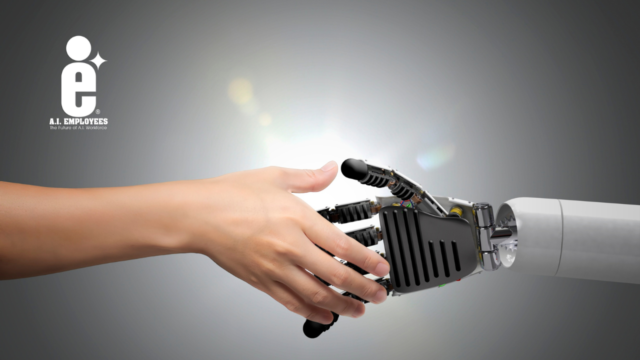In recent years, the rapid advancement of artificial intelligence (AI) has revolutionized various sectors, transforming traditional processes and enabling organizations to operate more efficiently. AI automation is at the forefront of this transformation, offering numerous benefits, including enhanced productivity, improved accuracy, significant cost reductions, and better risk management. This article explores how AI automation is reshaping businesses and the implications for future operations.
1. Boosting Productivity
1.1 Streamlining Processes
AI automation can streamline repetitive and time-consuming tasks, allowing employees to focus on more strategic activities. For example, in manufacturing, robotic process automation (RPA) can take over assembly line tasks, while in customer service, chatbots can handle routine inquiries. This not only speeds up operations but also minimizes human error.
1.2 Enhancing Decision-Making
AI tools can analyze vast amounts of data rapidly, providing insights that help businesses make informed decisions. For instance, predictive analytics can forecast market trends and customer preferences, enabling companies to adjust their strategies proactively. This agility in decision-making enhances overall productivity as businesses can respond to changes more swiftly.
1.3 Facilitating Collaboration
AI-powered collaboration tools can enhance communication and teamwork within organizations. Platforms that utilize AI can automatically organize meetings, summarize discussions, and assign tasks based on team members’ strengths. This fosters a more collaborative environment, driving productivity across departments.
2. Improving Accuracy
2.1 Reducing Human Error
One of the most significant advantages of AI automation is its ability to minimize human error. By automating data entry and analysis, businesses can ensure greater accuracy in their operations. For example, financial institutions can use AI to automate transaction processing, reducing the risk of mistakes that could lead to costly repercussions.
2.2 Enhanced Data Analysis
AI algorithms can process and analyze data with precision, identifying patterns and anomalies that may be overlooked by humans. This capability is particularly beneficial in fields like healthcare, where AI can assist in diagnosing diseases based on imaging data, leading to more accurate treatment plans.
2.3 Quality Control
In manufacturing and production environments, AI can automate quality control processes by using computer vision to inspect products for defects. This real-time monitoring ensures that only high-quality products reach consumers, enhancing brand reputation and customer satisfaction.
3. Cost Reduction
3.1 Lower Labor Costs
By automating routine tasks, businesses can significantly reduce labor costs. While there may be initial investments in AI technology and training, the long-term savings are substantial. Organizations can reallocate resources to more critical areas, optimizing workforce efficiency without sacrificing output.
3.2 Decreased Operational Costs
AI automation helps streamline operations, leading to reduced operational costs. For example, supply chain management can be optimized through AI algorithms that predict demand, manage inventory levels efficiently, and minimize waste. This results in lower storage and logistics costs.
3.3 Energy Efficiency
AI technologies can also contribute to energy savings by optimizing resource usage in manufacturing processes or smart buildings. For instance, AI systems can control lighting and heating based on occupancy patterns, leading to significant reductions in energy costs.
4. Enhancing Risk Management
4.1 Predictive Analytics for Risk Assessment
AI can analyze historical data to identify potential risks and vulnerabilities within an organization. By employing predictive analytics, companies can anticipate market fluctuations, supply chain disruptions, or customer behavior changes that may pose risks to their operations.
4.2 Fraud Detection
In sectors like finance and e-commerce, AI plays a crucial role in detecting fraudulent activities. Machine learning algorithms can analyze transaction patterns in real time and flag suspicious behavior for further investigation. This proactive approach reduces financial losses and enhances security measures.
4.3 Compliance Monitoring
AI automation can streamline compliance processes by continuously monitoring regulations and ensuring adherence to industry standards. Automated systems can generate reports, track compliance metrics, and alert organizations to potential violations, mitigating legal risks.







